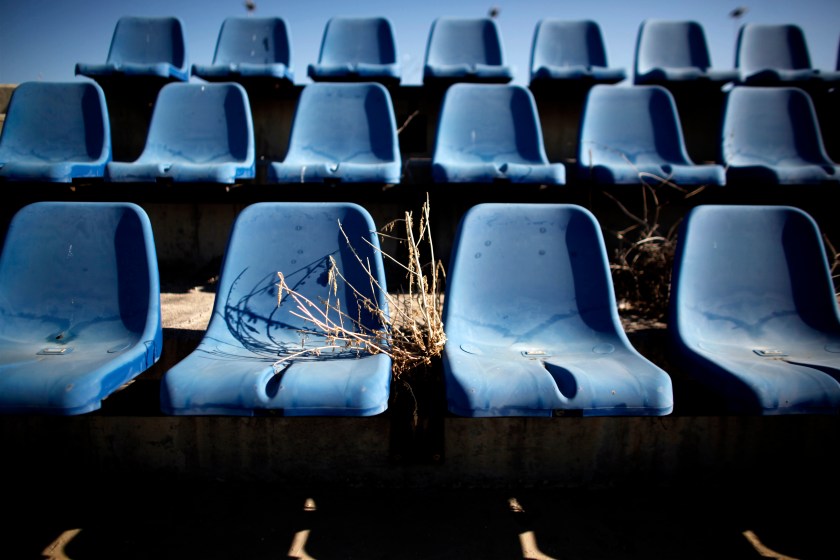
Seats are pictured at the disused Olympic hockey stadium in Athens on June 11, 2012. (Angelos Tzortinis/AFP/GettyImages)
AFP/Getty Images
For cities, hosting the Olympics is the financial equivalent of winning a gold medal, at least at first. Each bid comes with an influx of money–from the IOC deals with blue-chip companies like Coca-Cola and the flood of tourism that the Olympics bring. But after the closing ceremonies many of the venues–a majority of which are constructed specifically for the games–are abandoned, left to crumble into decay.
Abandonment doesn’t always occur. A few venues, like Beijing’s celebrated Bird’s Nest with its Ai Weiwei design, are used infrequently for concerts and athletic competitions. Sometimes the venues are repurposed entirely. Such is currently the case in Athens. In 2004, the Greek capital hosted the Summer Olympics. Today, it hosts an entirely different group: migrants. Athens is home to 10,000 refugees, many of them temporarily housed in former Olympic venues. For these migrants, Athen’s 2004 slogan “Welcome Home” has an entirely different connotation.
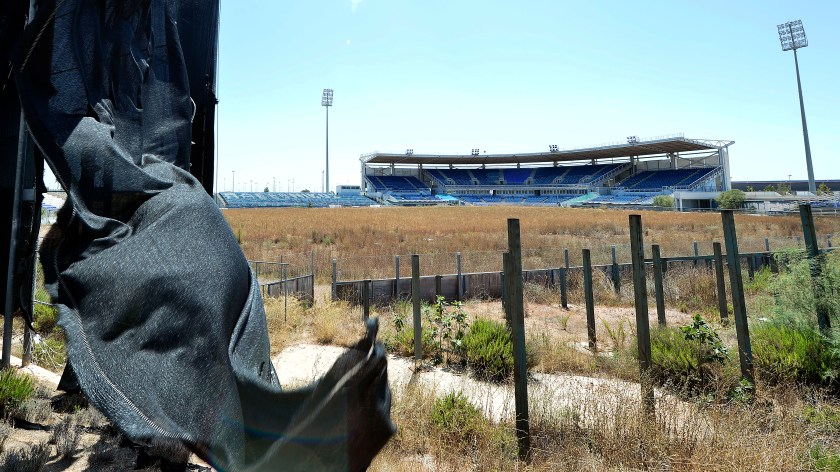
General view of the Olympic Baseball Stadium at the Helliniko Olympic complex in Athens, Greece on July 31, 2014. (Milos Bicanski/Getty Images)
Getty Images
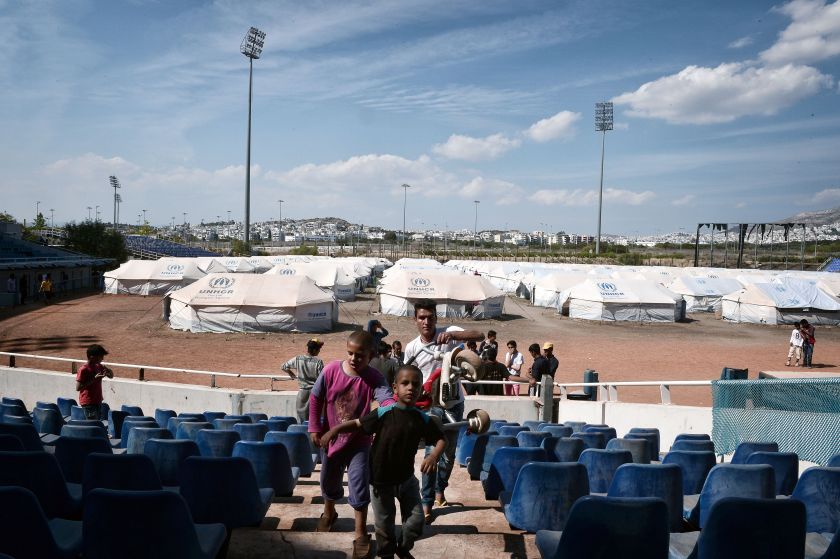
A family walks in the former Helliniko Olympic complex used as refugee camp for mainly Afghani refugees on May 10, 2016 in Athens southern suburb. (Louisa Gouliamaki/AFP/Getty Images)
AFP/Getty Images
Again, most are simply abandoned. In the end, their remains serve as a decaying monument to the glory of the Olympic games and, for many cities, the failed promise of economic renewal. It makes the images of their current state both fascinating and deeply depressing. See more photos below.
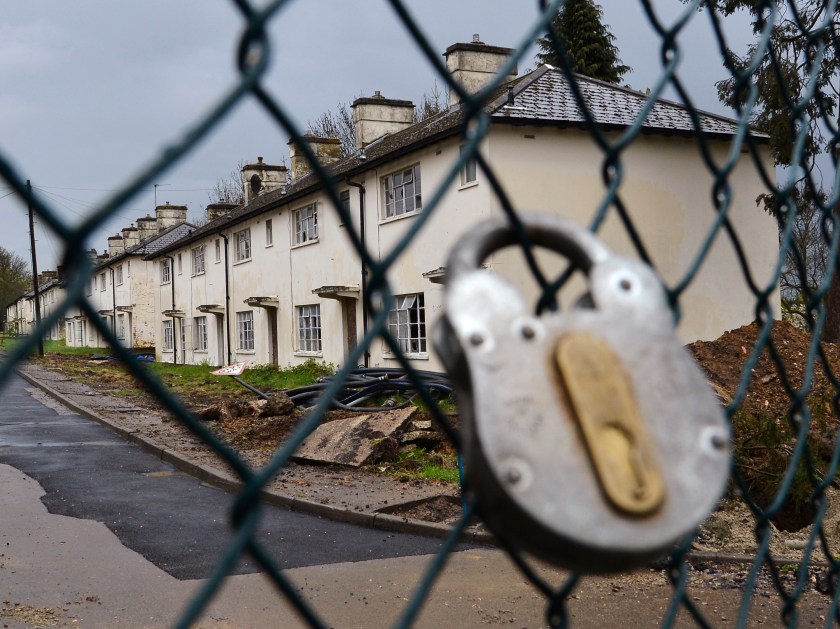
A derelict street of former Royal Air Force personnel housing is seen at RAF Uxbridge in north London April 27, 2012. Completely shut down since 2010, the huge old military base housed 2,000 athletes during the 1948 Olympics, in tandem with sites at Richmond Park and student accommodations in Willesden in west London. (REUTERS/Toby Melville)
REUTERS
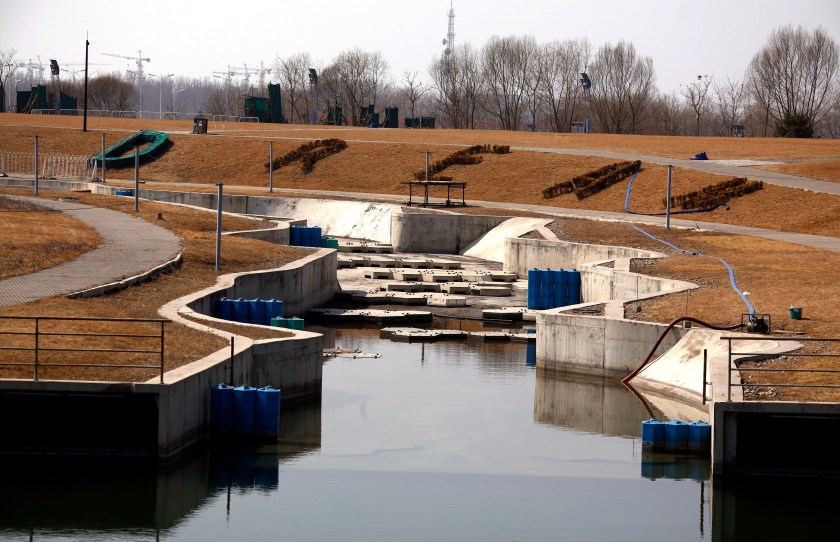
The word “Dream” can be seen above the deserted and unmaintained former course for the kayaking competition of the 2008 Beijing Olympic Games, located on the outskirts of Beijing March 27, 2012. (Reuters/David Gray)
REUTERS
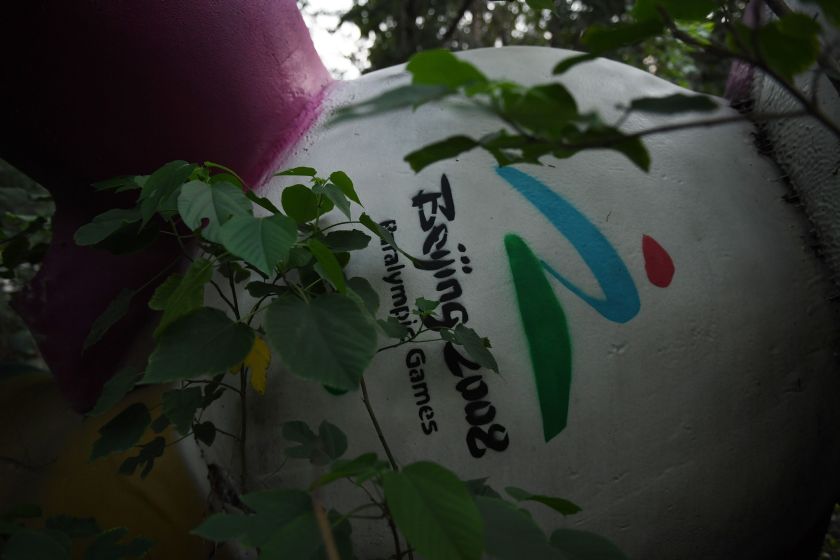
This photo taken on July 26, 2016 shows Fu Niu Lele, the mascot for the 2008 Beijing Paralympic Games, lying amongst trees behind an abandoned, never-completed mall in Beijing. (Greg Baker/AFP/Getty Images)
AFP/Getty Images

This photo taken on July 26, 2016 shows Nini (L) and Yingying, two of the five mascots for the 2008 Beijing Olympic Games, lying among trees behind an abandoned, never-completed mall in Beijing. (Greg Baker/AFP/Getty Images)
AFP/Getty Images
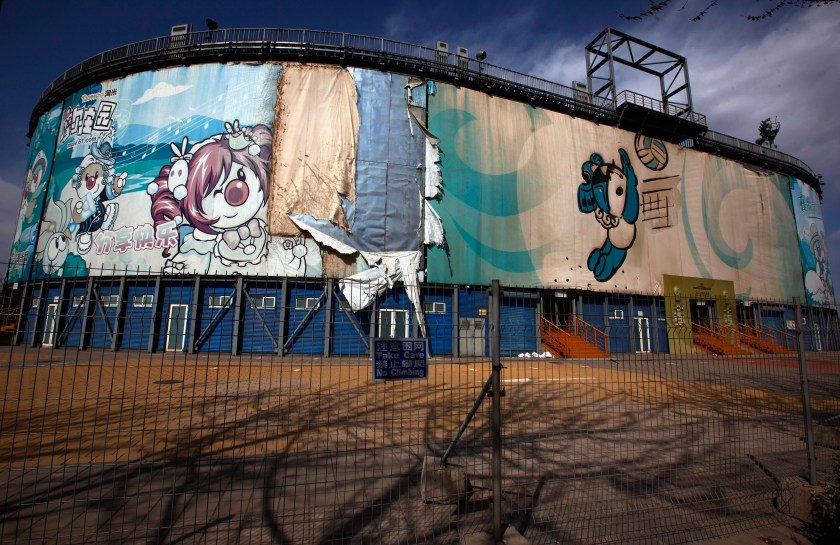
The 2008 Beijing Olympics venue for the beach volleyball competition lies deserted and unmaintained in central Beijing April 2, 2012. (Reuters/David Gray)
REUTERS
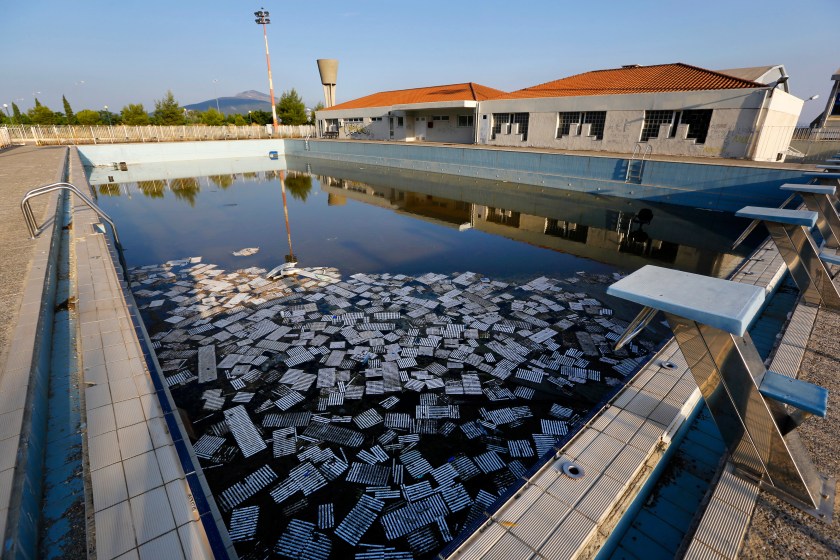
Garbage floats in a deserted swimming pool at the Olympic Village in Thrakomakedones, north of Athens July 25, 2014. (Reuters/Yannis Behrakis)
REUTERS
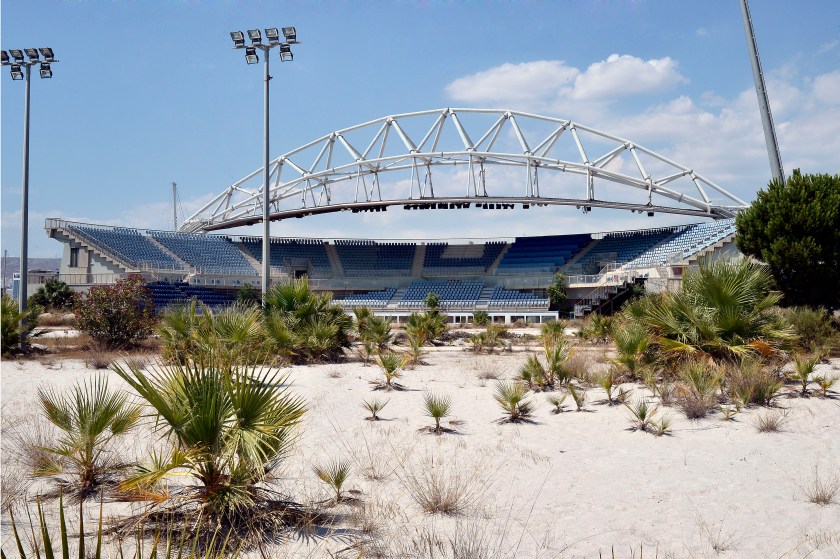
General view of the Beach Volleyball Olympic Stadium at Faliro Olympic Complex in Athens, Greece on July 31, 2014. (Milos Bicanski/Getty Images)
Getty Images
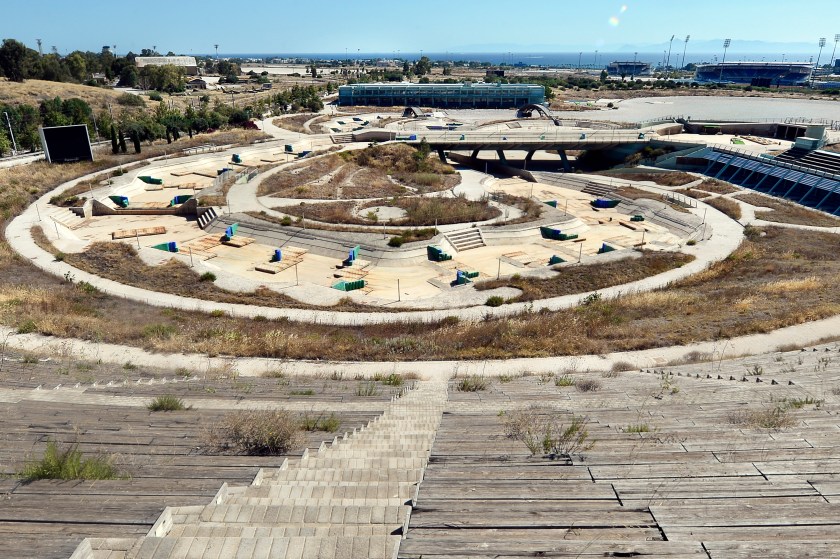
General view of the Olympic Canoe/Kayak Slalom Center at the Helliniko Olympic complex in Athens, Greece on July 31, 2014. (Milos Bicanski/Getty Images)
Getty Images
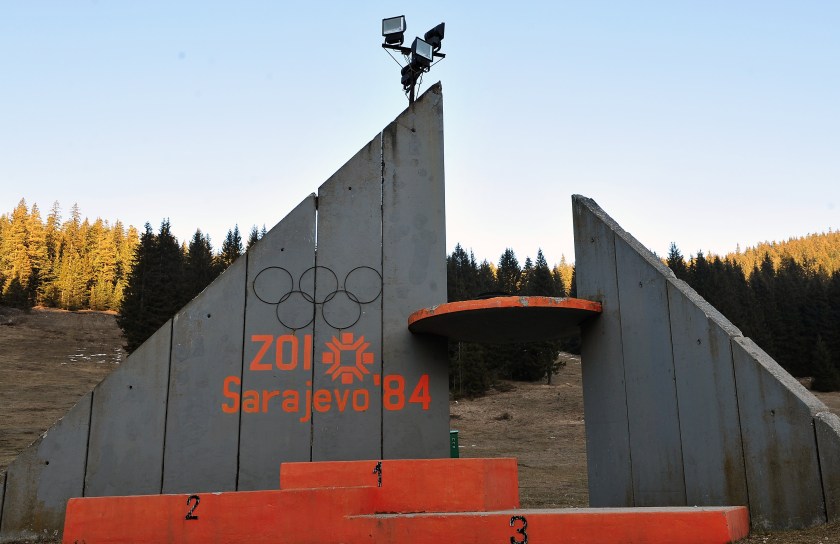
A picture taken on February 5, 2014 shows the partialy rebuilt winners podium of Sarajevo’s abandoned ski jumping venue at Mt. Igman near Sarajevo. Built and used as an Olympic venue during Sarajevo’s 1984 Winter Olympic Games, the ramps were heavily damaged during Bosnia’s 1992-95 war. They were never rebuilt and its large concrete structure remains standing as a memento of the past. (Elvis Barukcic/AFP/Getty Images)
AFP/Getty Images
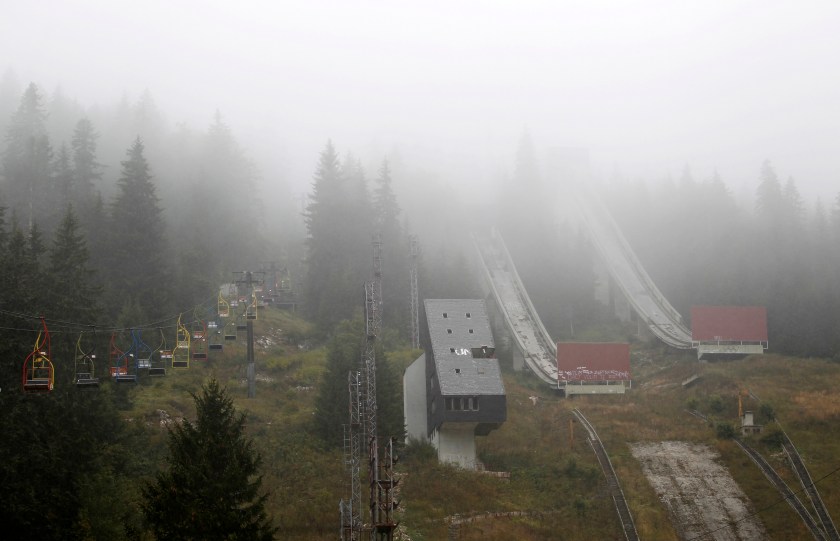
A general view of the disused ski jump from the Sarajevo 1984 Winter Olympics shrouded in mist on Mount Igman, near Sarajevo September 19, 2013. Abandoned and left to crumble into oblivion, most of the 1984 Winter Olympic venues in Bosnia’s capital Sarajevo have been reduced to rubble by neglect as well as the 1990s conflict that tore apart the former Yugoslavia. (Reuters/Dado Ruvic)
REUTERS
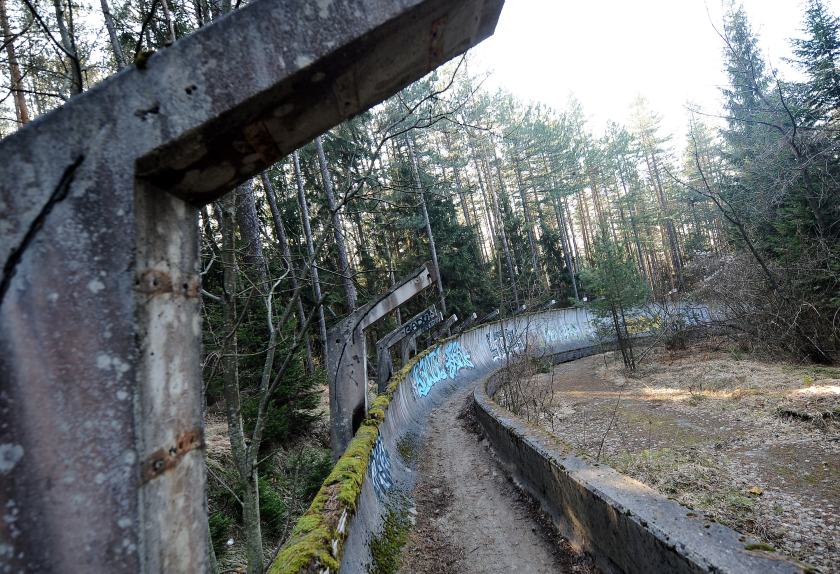
Built and used as an Olympic venue during Sarajevo’s 1984 Winter Olympic Games, the bobsled track was heavily damaged during Bosnia’s 1992-95 war. It was never rebuilt and its large concrete fragments remain standing as a memento of the past and a training ground for young generations of graffiti artists. (Elvis Barukcic/AFP/Getty Images)
AFP/Getty Images
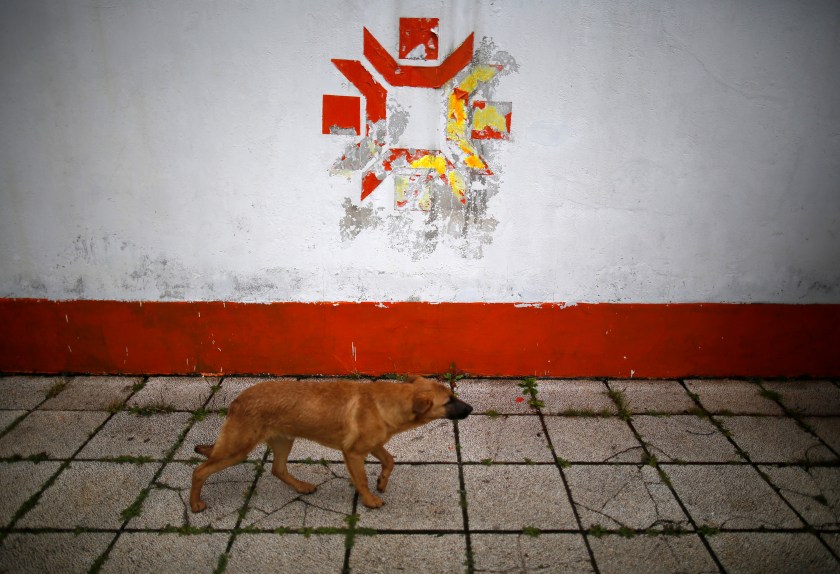
A dog walks past the Olympic snowflake logo on the wall of the Kosevo stadium, the venue of the opening ceremony for the 1984 Winter Olympics in Sarajevo, September 19, 2013. (Elvis Barukcic/AFP/Getty Images)
REUTERS
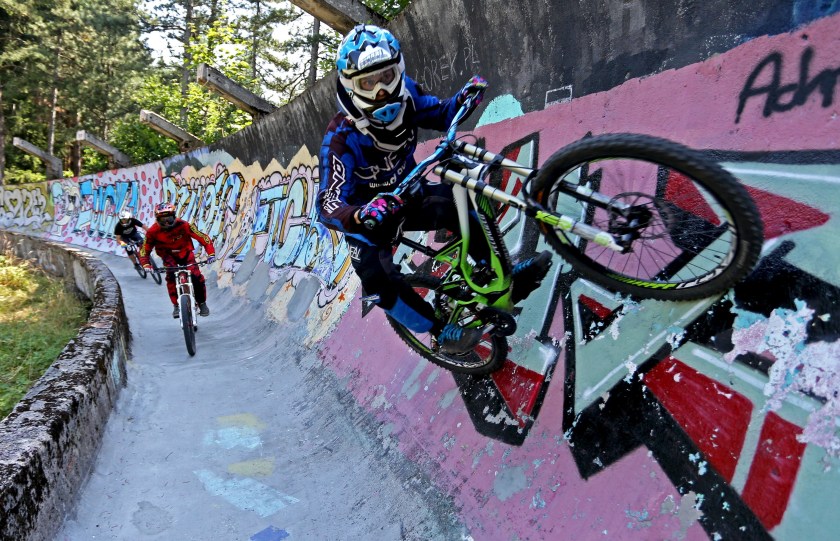
Downhill bikers Kemal Mulic (C), Tarik Hadzic (L) and Kamer Kolar train on the disused bobsled track from the 1984 Sarajevo Winter Olympics on Trebevic mountain near Sarajevo, Bosnia and Herzegovina, August 8, 2015. (Reuters/Dado Ruvic)

The ex-Olympic village built for the athletes of the Olympic Winter games is now abandoned on September 20, 2010 in Turin, Italy. (Alessandro Albert/Getty Images)
Getty Images
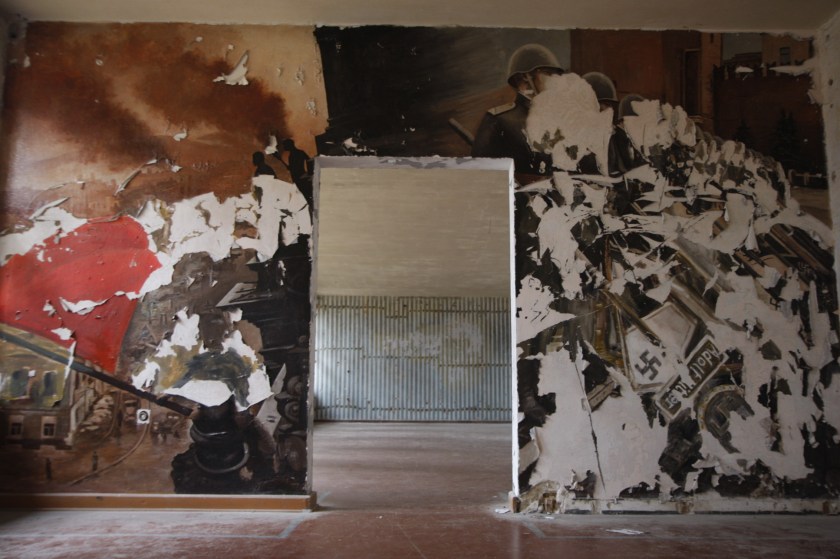
Deserted houses for the athletes in the former Olympic Village near Berlin for the 1936 Games (Montag/ullstein bild via Getty Images)
ullstein bild via Getty Images
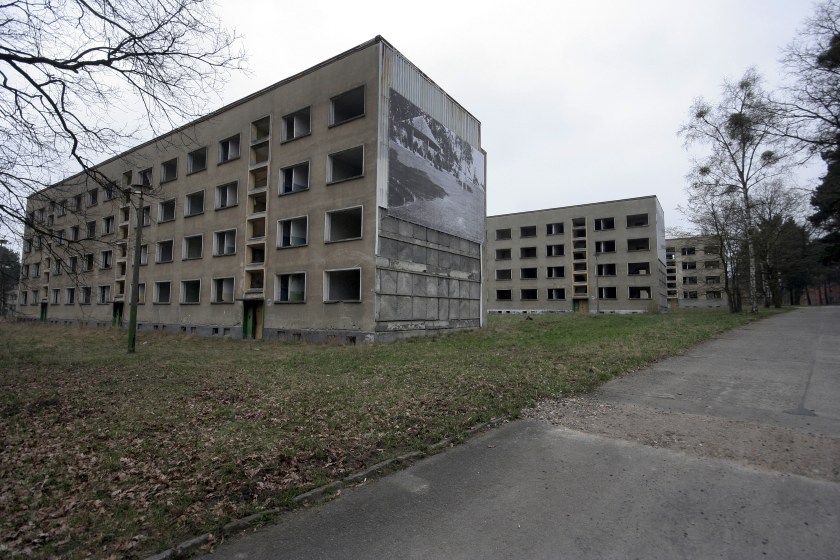
Deserted houses for the athletes in the former Olympic Village near Berlin for the 1936 Games (Ritter/ullstein bild via Getty Images)
ullstein bild via Getty Images
This article was featured in the InsideHook newsletter. Sign up now.










































